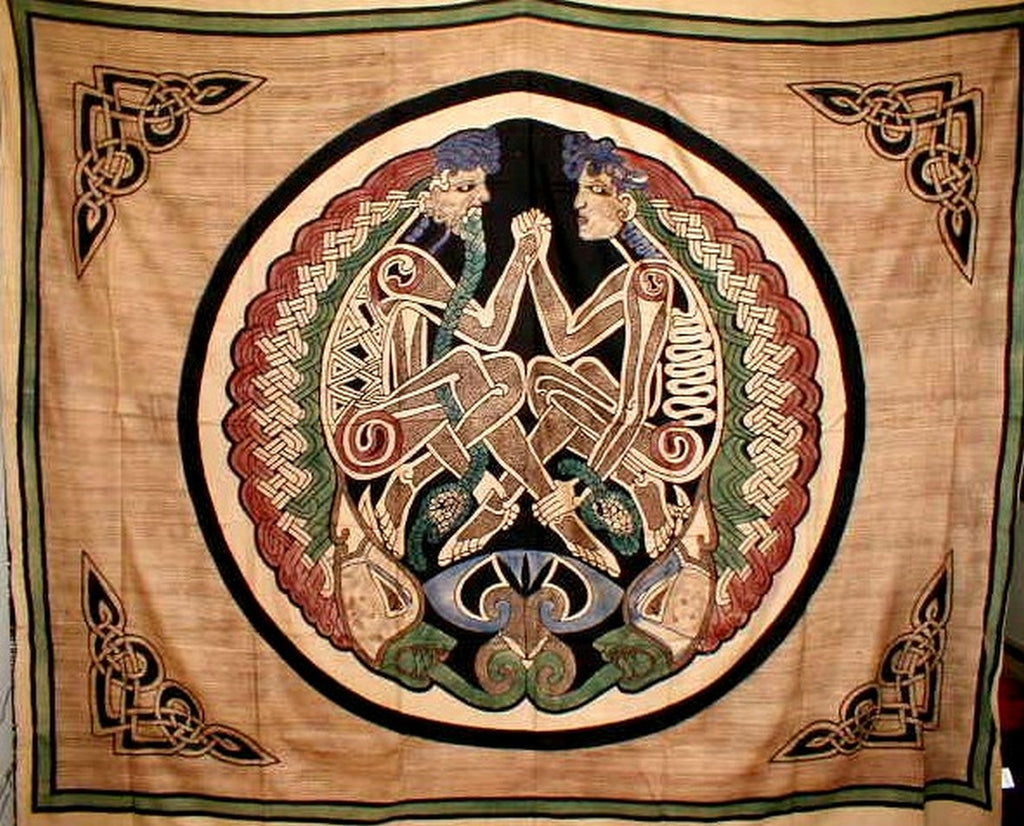A rich history of craftsmanship and culture
Few textiles are more visually stunning and stir the imagination more than those from India. From the bold use of color to their complex, alluring patterns, these fabrics speak to the rich culture and history of the subcontinent, lending an almost ethereal sense of comfort and beauty to any space.
Indian decorator fabrics are infinitely versatile, easily as able to grace the décor of any room as an accent piece or as the central motif. Styles and art forms popular in contemporary Indian fabrics include the brilliantly colorful Batik, as well as Jaipur, Dabu, Bagru, Kalamkari, and Rajasthan, to name a few.
Fabrics as rich as their history
Why are Indian textiles so captivating and inspired? Evidence suggests the industry is (almost) as old as the culture itself, for the two are richly entwined.
“There is archaeological evidence of a cotton textile industry at Mohenjo-Daro in the Indus Valley around 3000 B.C.,” writes Kax Wilson in History of Textiles (Westview Press, 1979). Remarks on these intricately-woven and embroidered fabrics survive in the accounts of various historical figures from Alexander the Great to Marco Polo, to the descendants of Genghis Khan.
“Some of the best accounts of Indian textiles were written by European ambassadors to the Mogul courts. Fabulous horse and elephant trappings, as well as the apparel, pillows, and wall hangings, were remarked upon,” writes Wilson. “Writers proclaimed on the sheerness of Dacca muslins, called evening dew, running water, or sweet-like-sherbert. Seventy-three yards, a yard wide, weighed only one pound. By comparison, the finest Swiss cottons ever made were at best sixteen or seventeen yards to the pound.”
Harmony through color
The power and appeal of these intricate fabrics, apart from their craftsmanship, is in their rich and vibrant colors. Color is powerful. The spirituality pervasive to the Indian culture has at its core the belief that different colors represent the flow of energy through the body. Properly understood, this flow of energy, envisions through the right balance of color, can bring harmony to the body, mind, and soul.
Using these beautiful fabrics in your decorating is one way to engender that harmony into your home and surroundings.
Practical uses of Indian decorator fabrics in home décor include using them as table dressing, wall hangings, or to accent furniture as throws, duvets, shams, and cushion covers. Bring the room together with matching (or coordinated) curtains and door panels.
Based in the foothills of the White Mountains in NH and founded in 1998, Full Moon Loom has the largest retail selection of Indian textiles in the United States, bringing hundreds of styles and colors to customers looking to add drama, intrigue, and beauty to their home décor. We offer everything from tapestries and spreads to table linens, curtains and door panels, duvets, wall hangings, tote bags, sarongs, scarves and a wide assortment of other unique items.
Browse our menu to the left to shop our extensive line of Indian decorating textiles. For more information about Full Moon Loom, visit our “About Us” page or call (603) 529-0021 to speak to one of our knowledgeable sales and support staff.




Comments